Solved: How the ‘Monstrous’ Iguanas of the Bahamas Got So Darn Big
The secret’s in the seabirds.
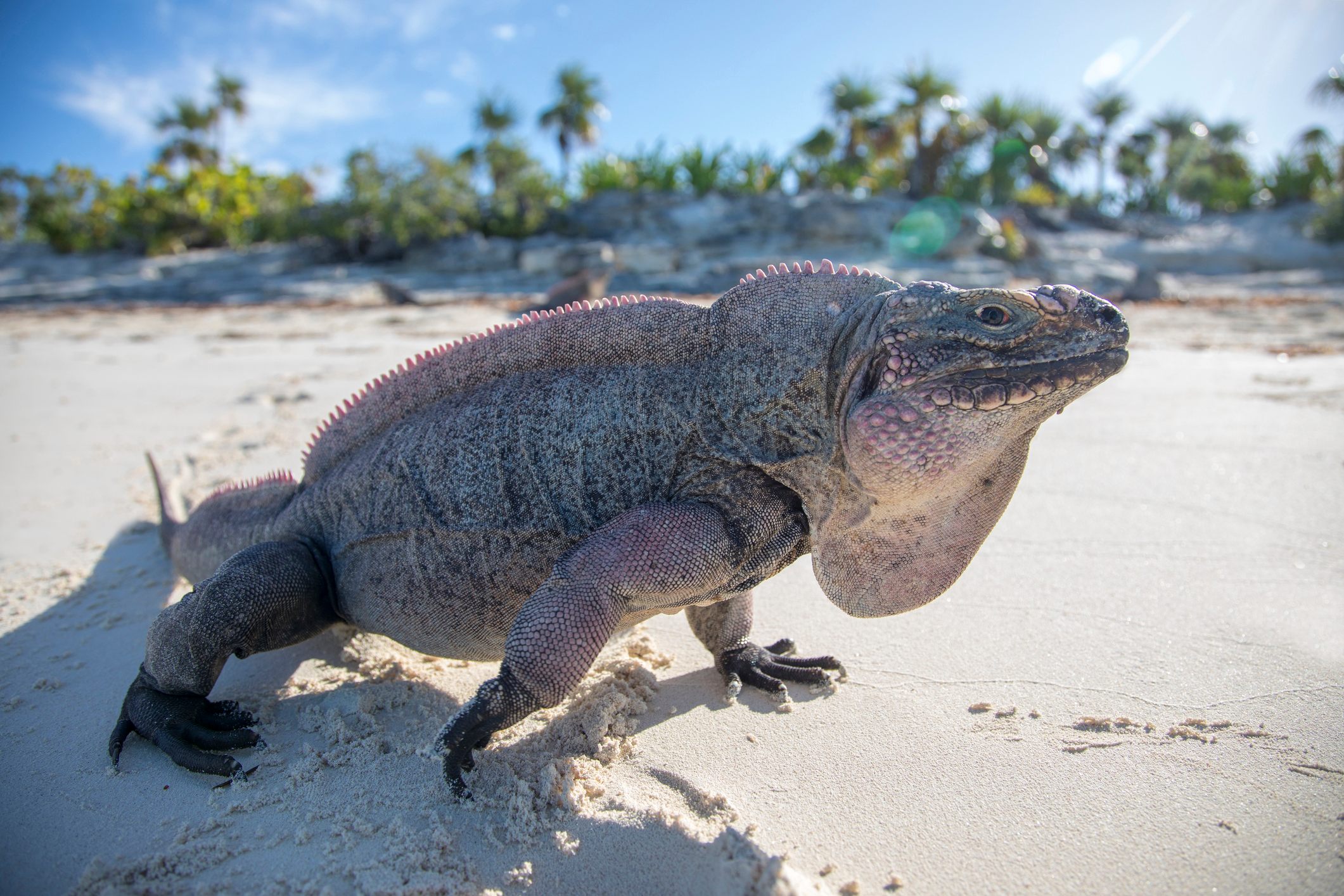
Among the most popular tourist attractions in the Exumas—a chain of more than 365 tiny islands, or cays, in the Bahamas—are the famous swimming pigs. But for those who prefer to glimpse the native wildlife, iguanas are the real stars.
An endangered subspecies of iguana called the Allen Cays rock iguana has drawn John Iverson, a biology professor from Earlham College in Indiana, to the Exumas for the past four decades. These iguanas were once confined to just two islands, Leaf Cay and U Cay, but by the late 1990s Iverson noticed some had spread to nearby islands, especially Allen Cay. The simple explanation was that winds and currents had whisked baby iguanas across the 300-foot-wide channel separating Leaf and Allen Cays. There was just one problem: The iguanas on Allen Cay were relative giants, twice as long and six times as heavy as their counterparts on other islands.
“On Allen Cay, we encountered these monstrous iguanas… if you got bit by one of them, you would be in serious trouble,” says Iverson.


He puzzled over how this tiny island could have turned its resident iguanas into Goliaths. In certain ways, it’s just like the other islands the subspecies inhabits. All are essentially predator-free (save for herons that will occasionally snatch a baby iguana). And all of the islands grow similar shrubs, grasses, and flowers for the plant-loving reptiles to eat.
At the same time, Allen Cay boasts far fewer white sand beaches than its neighbors. Instead, most of its surface is heavily pockmarked due to the honeycomb limestone that covers it. “There are holes everywhere. Some folks call it razor rock because the holes are like razors,” says Iverson. The cavities make the island treacherous for human visitors, but ideal for nesting seabirds. That’s why Allen Cay attracts a dense colony of brown and white Audubon’s shearwaters. Until recently, the island was also overrun with house mice that had been introduced by humans.
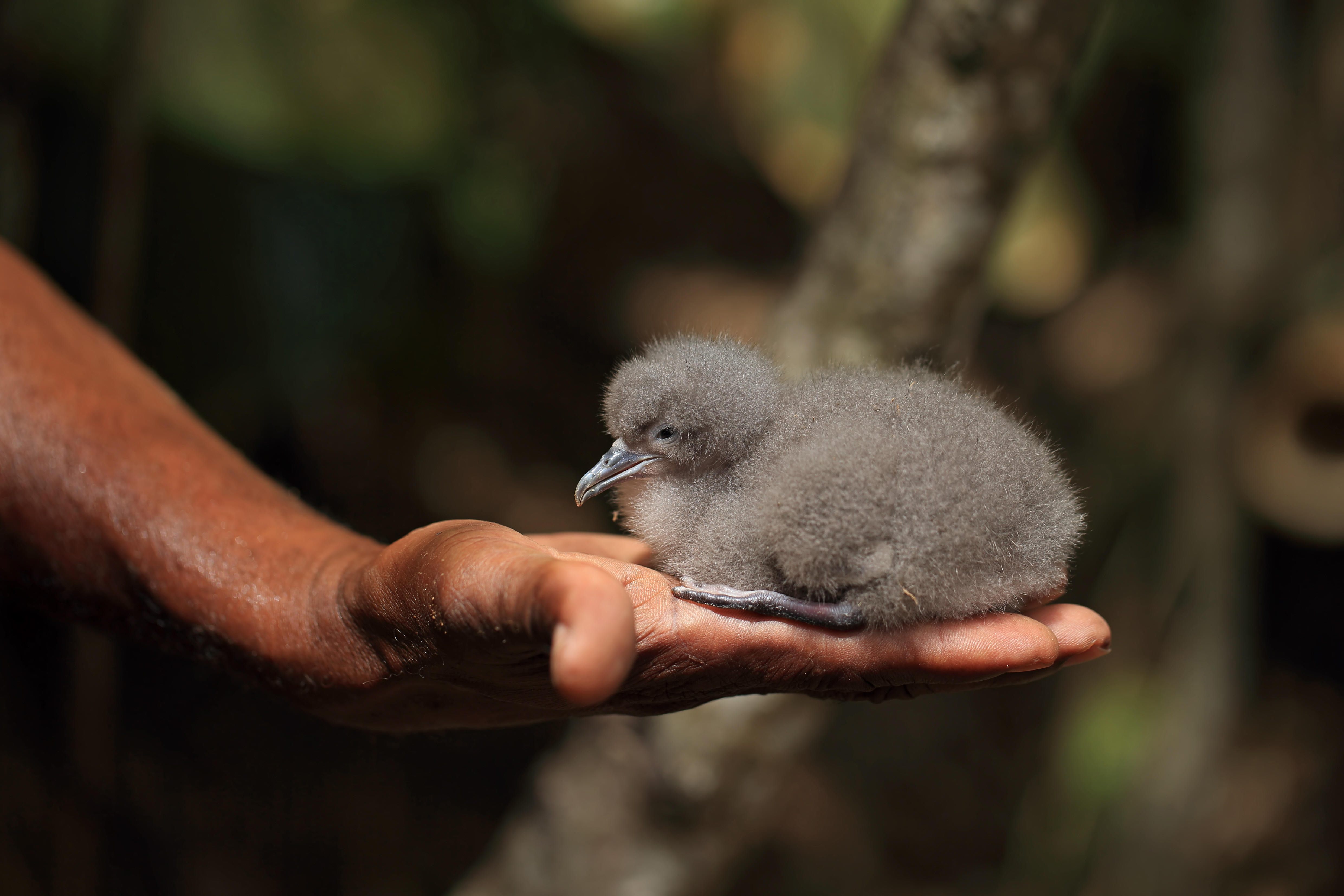
Iverson began to suspect that these so-called vegetarian iguanas might be supplementing their diets with seabirds and mice. The scenario seemed to add up: If you take animals that eat plant matter and give them animal protein, they’ll grow faster, he reasoned.
He got in touch with Carolyn Kurle, a biologist at the University of California, San Diego who studies animal feeding ecology, and told her about the inexplicably enormous Bahamian iguanas. Then it clicked: “I knew we could solve this problem,” says Kurle. The solution lay in stable isotope analysis, a technique she’d spent years fine-tuning in her lab.
Stable isotopes such as nitrogen-15 are useful indicators of animal diets. Every time an animal eats, nitrogen-15 gets incorporated into its tissues. Plant-eaters’ tissues contain just a little bit of the isotope, and the levels increase as you move up the food chain to omnivores and carnivores.
By measuring stable isotopes in the big iguanas from Allen Cay and small iguanas from three neighboring islands, Kurle and her master’s student, Kristen Richardson, confirmed that the Allen Cay giants were true vegetarians—none had been noshing on birds or rodents.

They also discovered that the plants on Allen Cay were much richer in nitrogen-15 than those on the other islands. The isotope was so prevalent in the plants that Kurle knew it must have come from an outside source, as ocean islands tend to be starved for nutrients. All eyes turned to the island’s colony of seabirds—or more specifically, their droppings.
“Seabirds leave the island and forage in the surrounding waters. They eat fish that are full of nutrients from the ocean. Once the seabirds process [the fish], all of the extra nutrients are pooped out on the island and that brings in tons of nutrients,” says Kurle. “It’s just like putting fertilizer into your garden.”
With their seabird poop-fertilized plants, the iguanas on Allen Cay were ingesting double the nutrients, in the form of nitrogen, that their peers were. And they were growing bigger because of it, the team reported in March in Oecologia.
“Researchers studying this subspecies have questioned the size difference between the populations for many years,” says Stesha Pasachnik, who co-chairs the IUCN Iguana Specialist Group. She believes the new findings have finally solved this long-standing mystery.
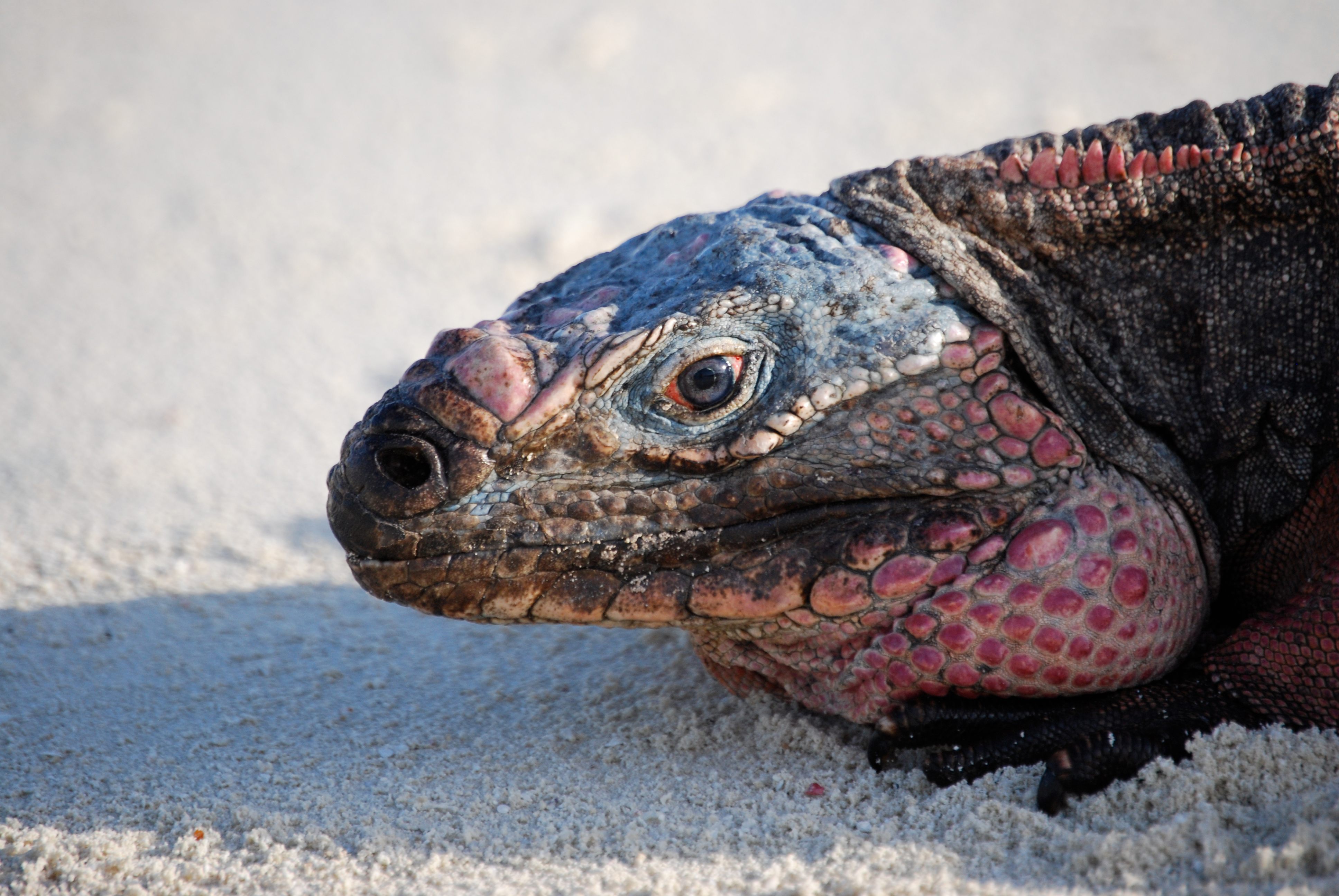
For Iverson, the answer didn’t come soon enough. Eight years ago, two nonprofit organizations—the Bahamas National Trust and Island Conservation—jointly decided the mice on Allen Cay had to go. They had been killing baby seabirds and attracting barn owls from nearby islands, which, as it turned out, also had a taste for seabirds. The plan was to apply rodenticide to the island. But first, Iverson organized a team to catch as many giant iguanas as they could and temporarily move them to Flat Rock Reef Cay, an island already inhabited by iguanas, to keep them safe from the poison.
By the following year, 16 of the 18 transplanted iguanas had starved to death. “We didn’t know at that time that the plants on Flat Rock Reef Cay were not as nutritious as they were back home on Allen Cay,” says Iverson.
It was a devastating loss, though not a complete one. Giant iguanas can still be found on Allen Cay; Iverson estimates that between the survivors from Flat Rock Reef Cay and those that were never moved in the first place, fewer than 10 currently dwell there.
Iverson hopes that will change. He’s been working to fill in some of Allen Cay’s massive sinkholes with sand to create better iguana nesting grounds. With any luck, when he returns to the island this month, he’ll find a few hefty baby iguanas scampering around.
“Our fingers are crossed,” he says.



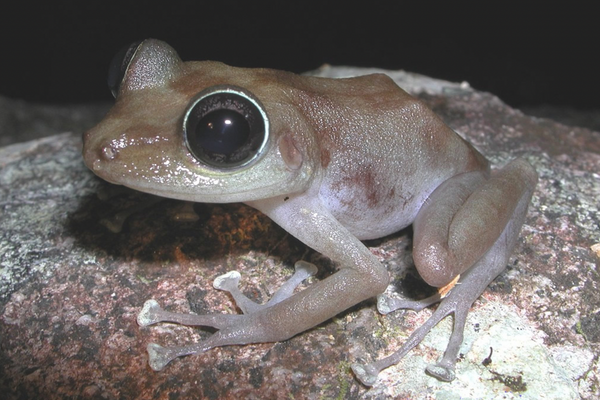
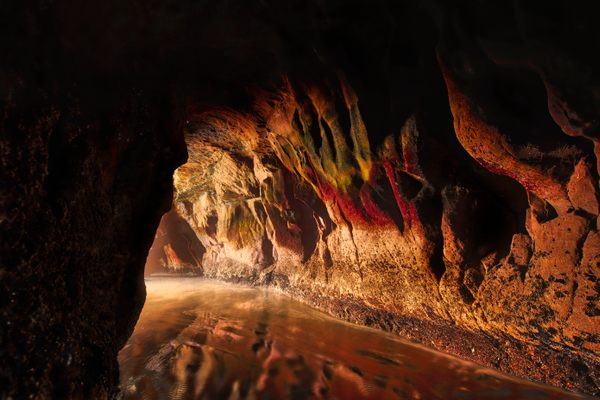











Follow us on Twitter to get the latest on the world's hidden wonders.
Like us on Facebook to get the latest on the world's hidden wonders.
Follow us on Twitter Like us on Facebook